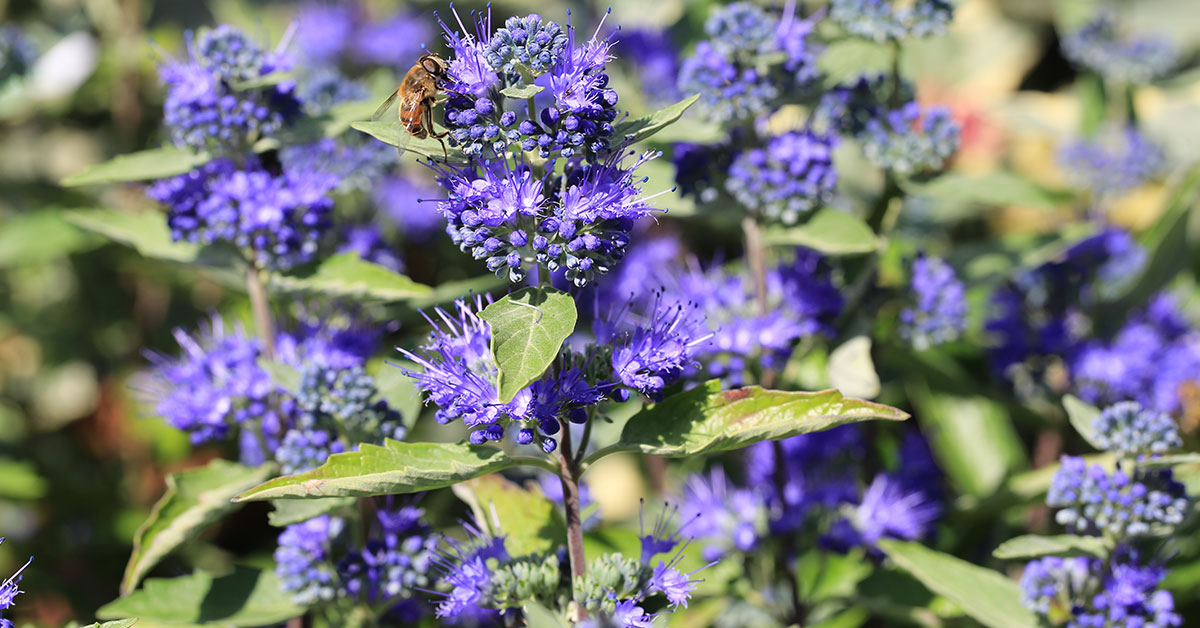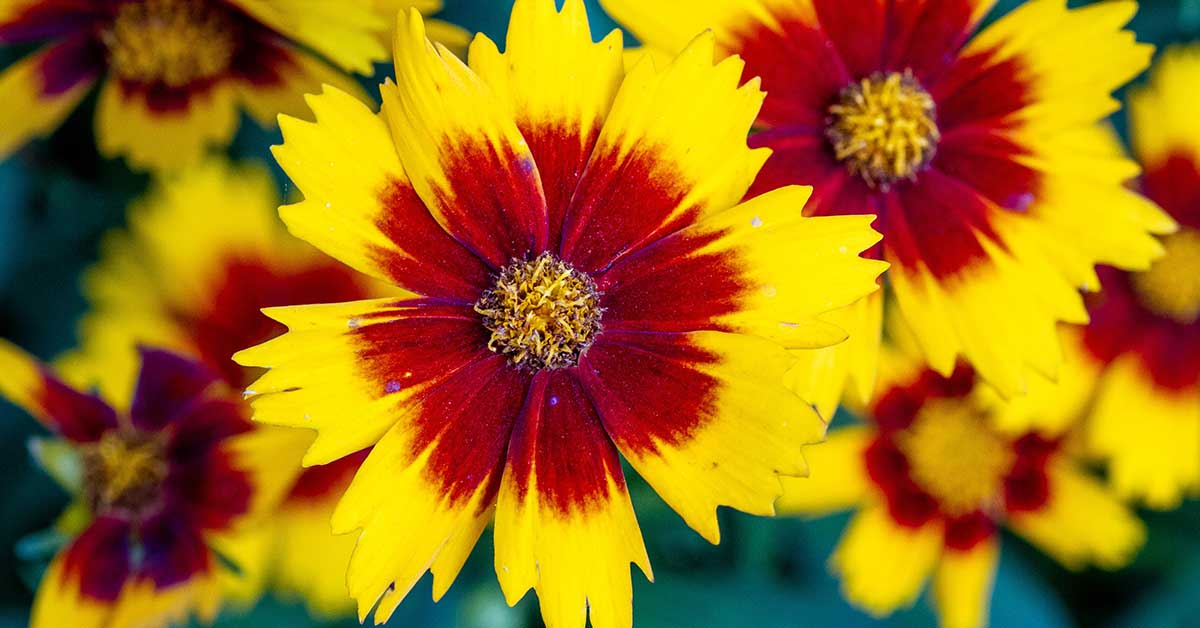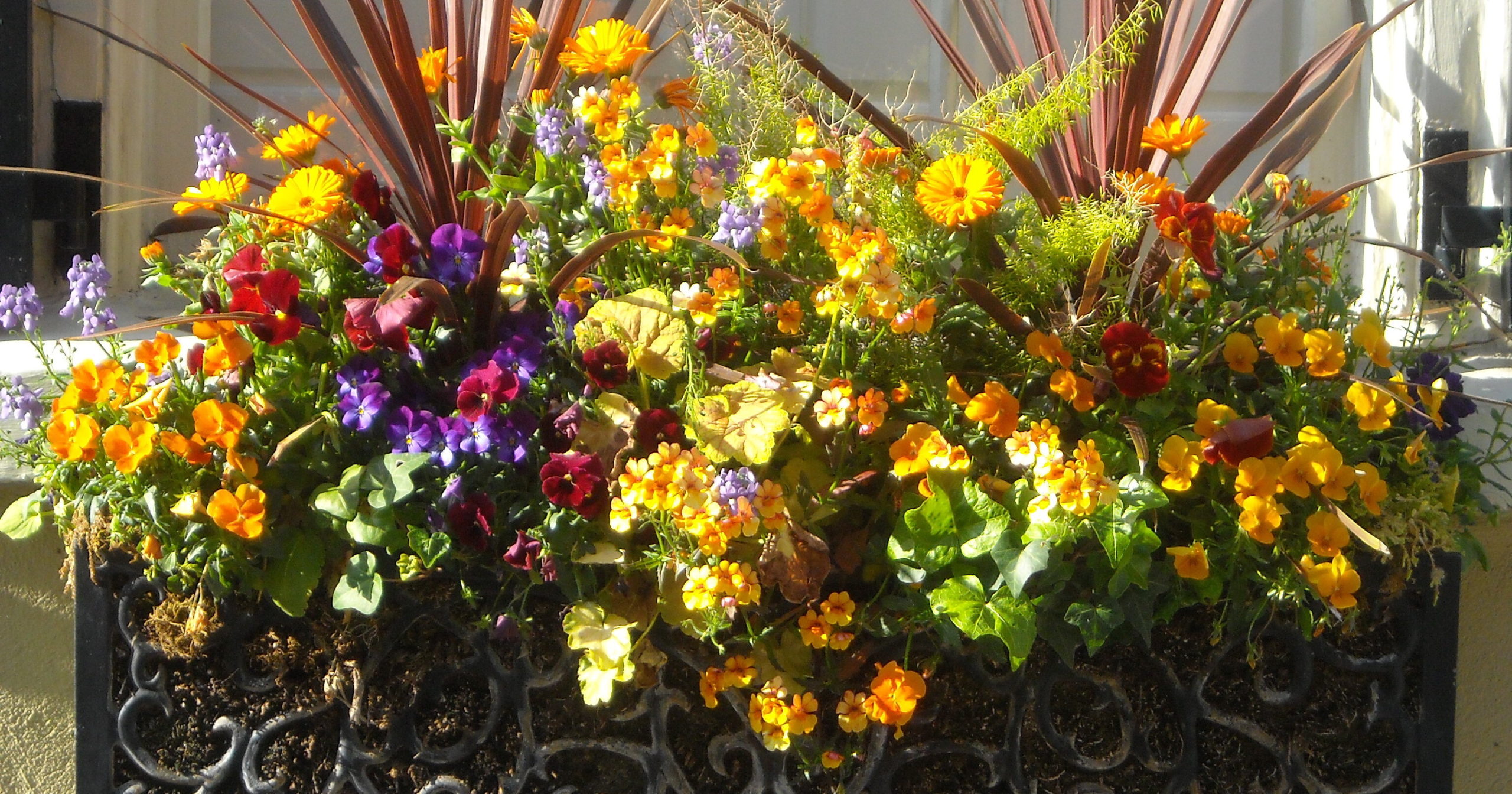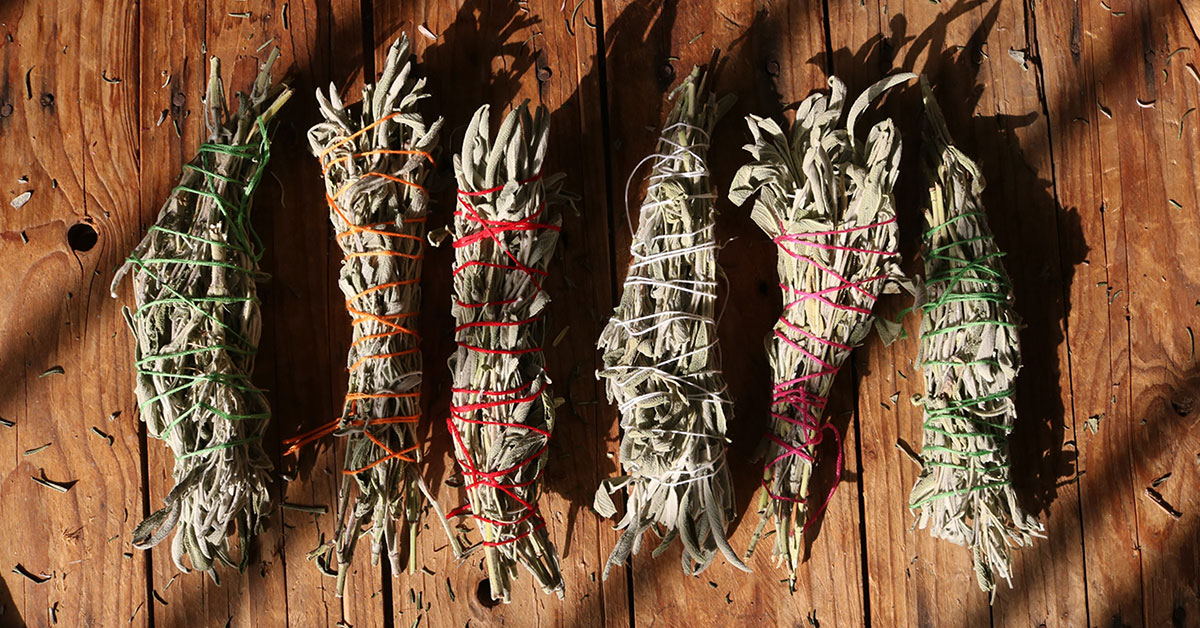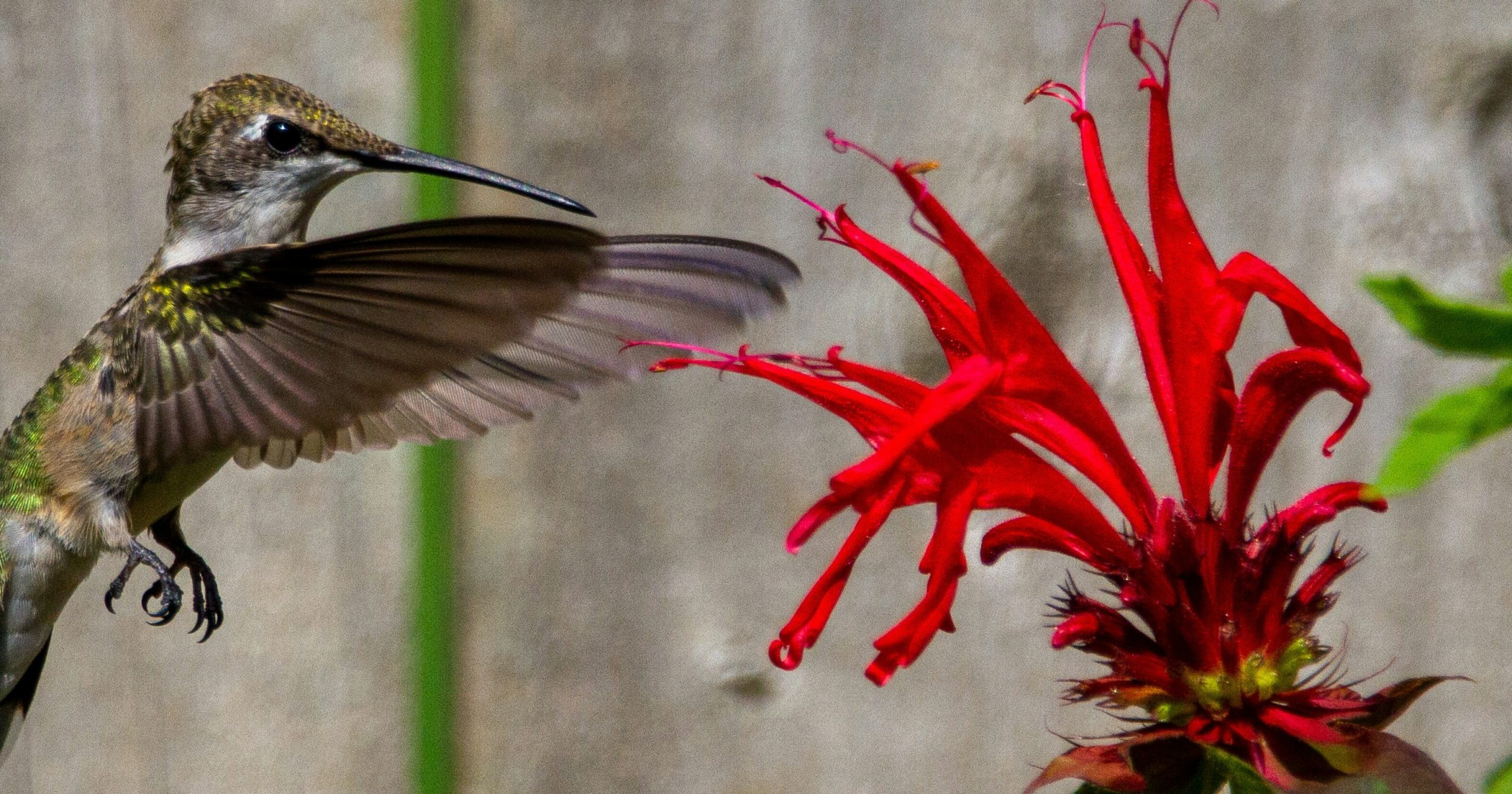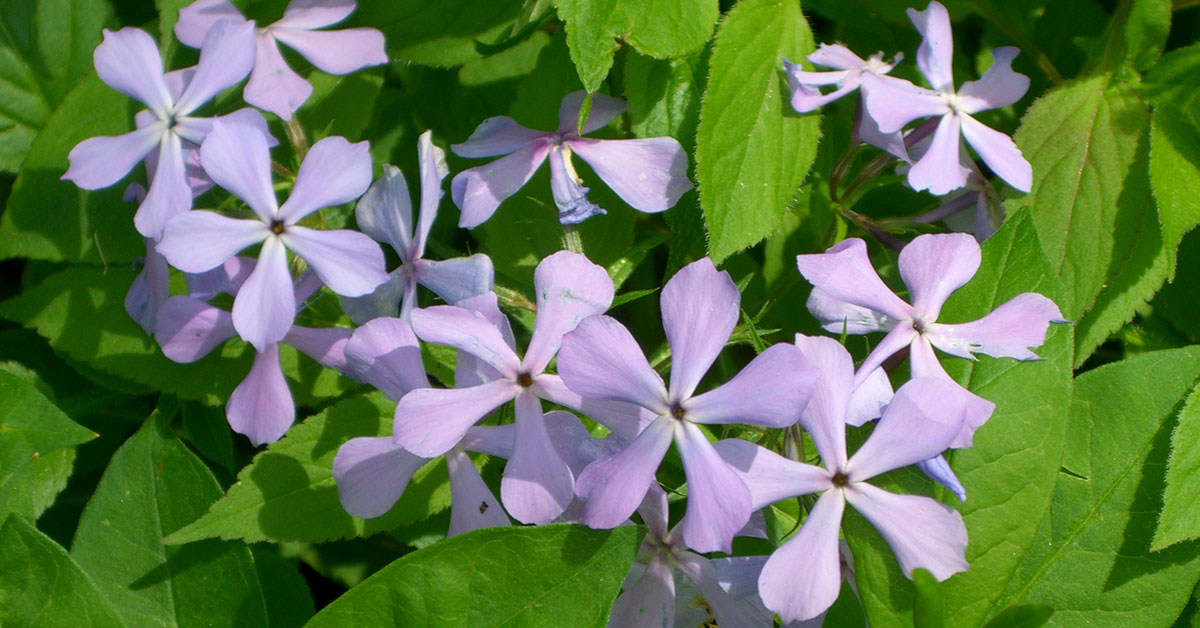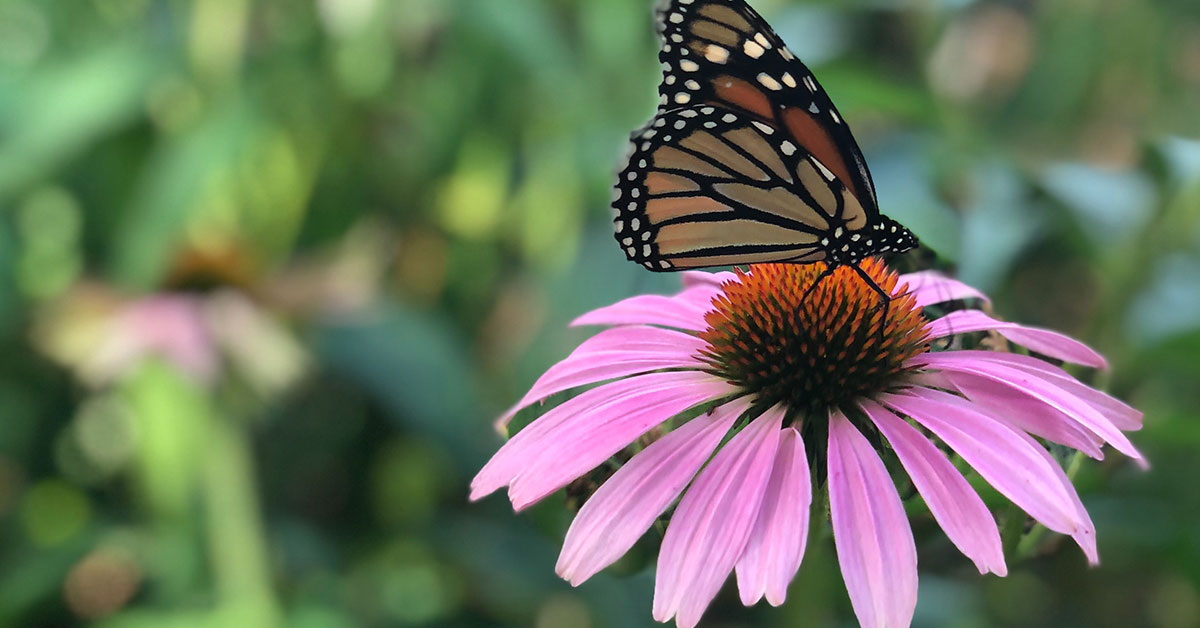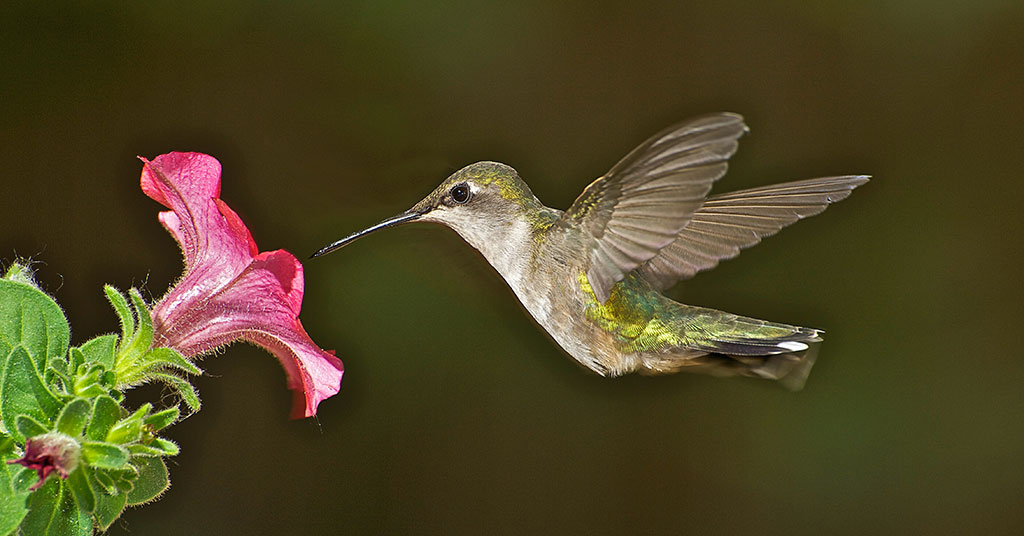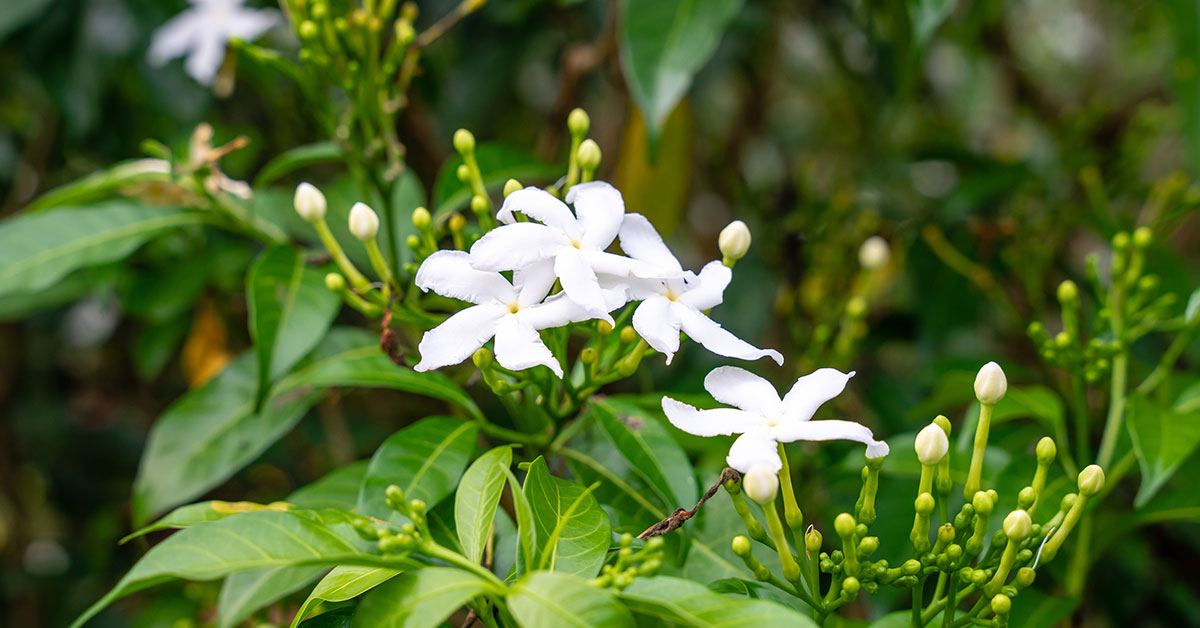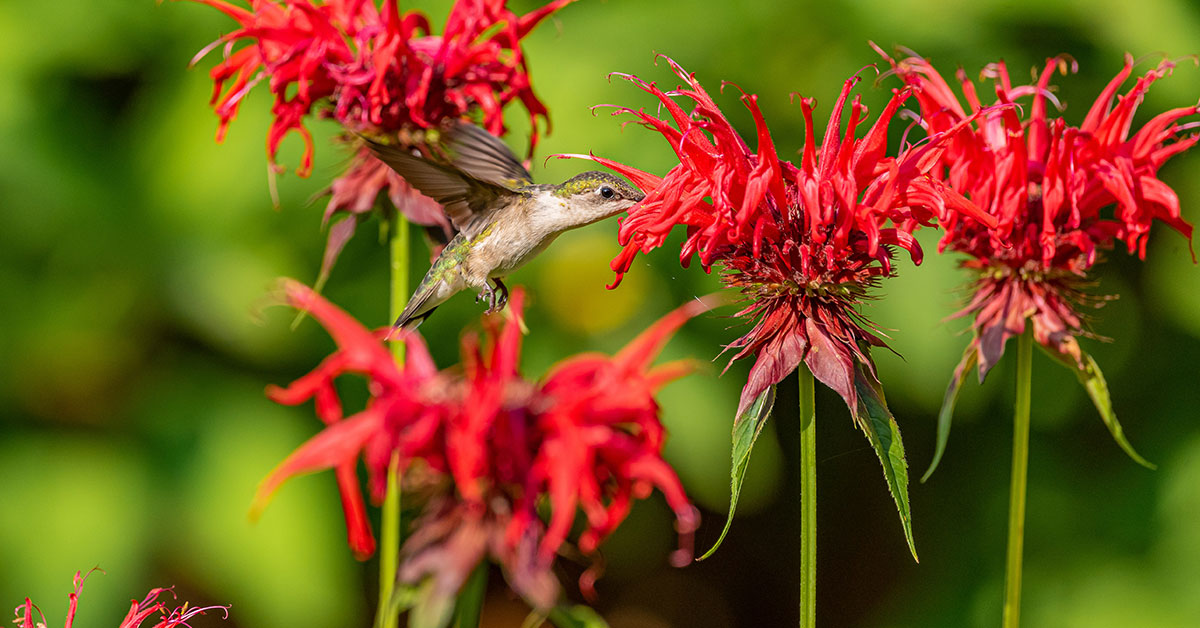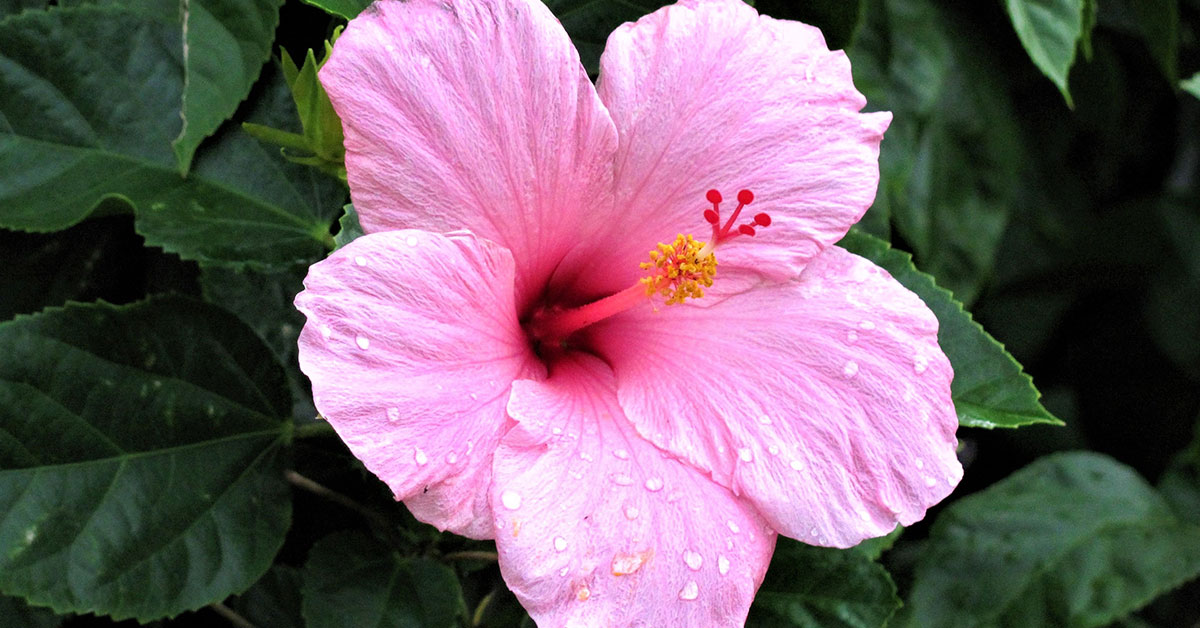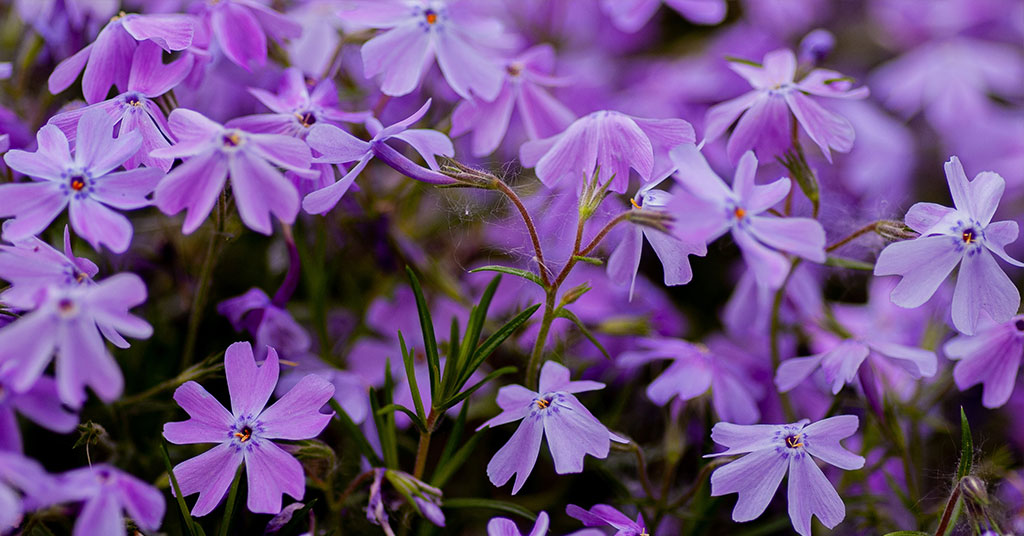As the days gradually shorten and a crispness fills the air, the natural world undergoes a remarkable transformation. In this period of transition, between the fading warmth of summer and the impending embrace of fall, gardens and landscapes come alive with a diverse array flowers that bloom in September.
September, a month of shifting seasons, offers a captivating spectacle as various flowers proudly unfurl their petals, weaving a tapestry of colors, shapes, and fragrances. These late bloomers serve as a farewell to summer’s exuberance while heralding the imminent beauty of autumn. Join us on a journey through the enchanting world of September-blooming flowers, where each blossom is a testament to the intricate dance between nature’s rhythm and the changing calendar.
14 flowers that bloom in September
As summer transitions into autumn, the month of September continues to delight us with an array of blossoms that add beauty and vibrancy to gardens and landscapes. These late bloomers capture the essence of the changing seasons and provide a final burst of color before the cooler weather arrives. Below is a curated selection of 14 captivating flowers that bloom in September.
Japanese Anemone
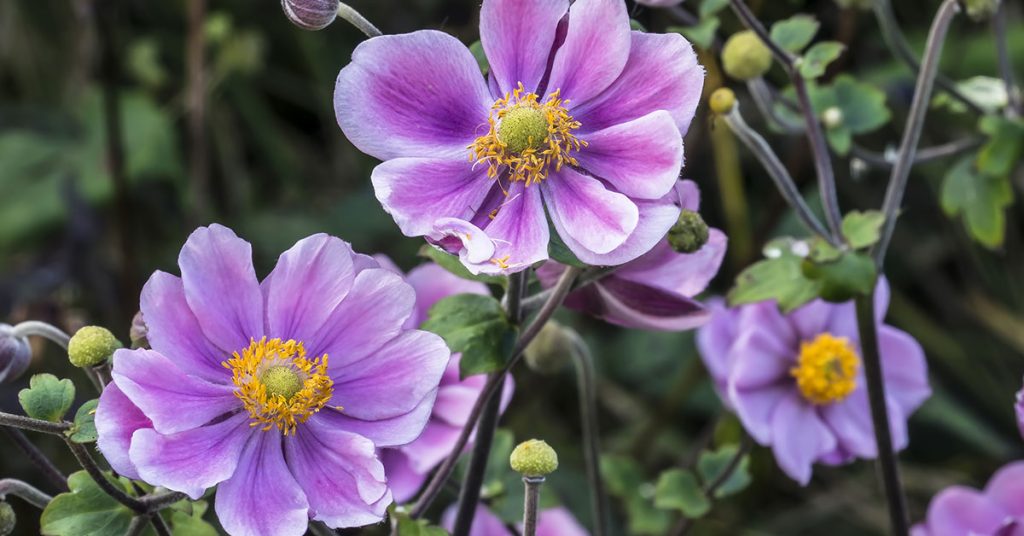
Japanese anemones (Anemone × hybrida) are elegant perennials known for their graceful blooms in shades of pink and white. With their wiry centers and velvety petals, these flowers add a touch of sophistication to any garden, thriving best in partial shade.
Asters
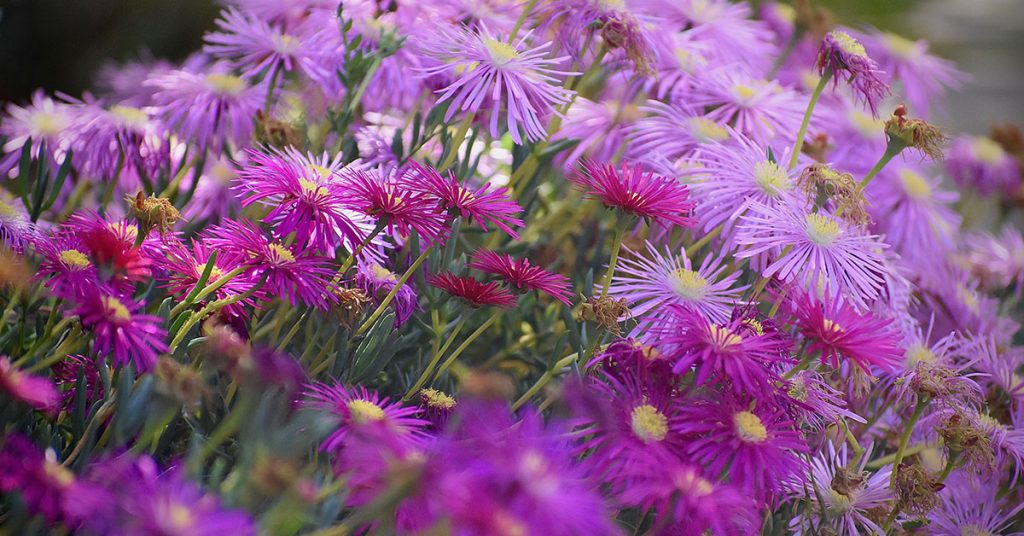
Asters are often called “Michaelmas daisies” and bloom in a variety of colors such as purple, blue, pink, and white. Their star-like shape and late-season flowering make them a magnet for pollinators, contributing to the biodiversity of gardens.
Sedum
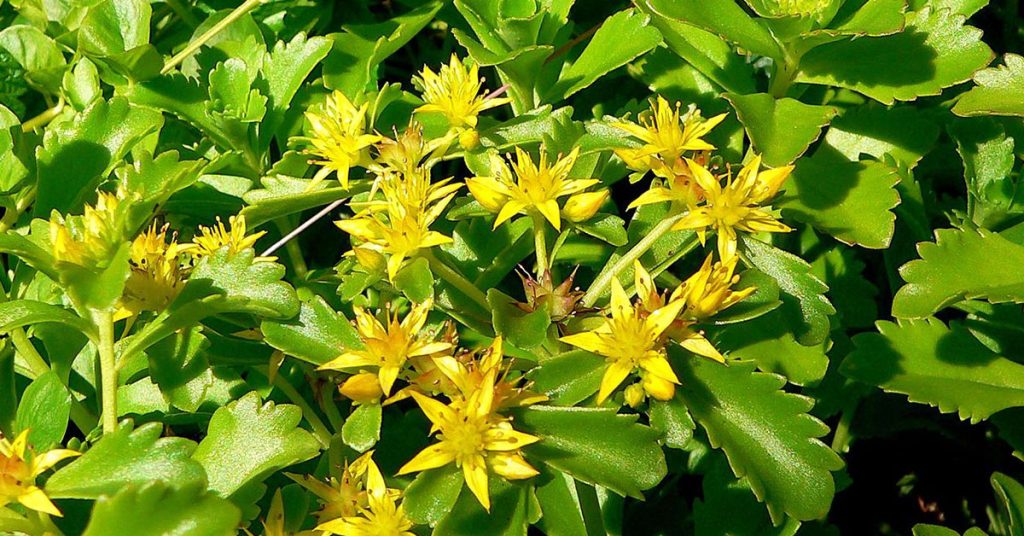
Sedums, or stonecrops, are succulent plants that exhibit their full splendor in September. These drought-tolerant plants offer clusters of pink, red, or white flowers that attract butterflies and other pollinators.
Goldenrod
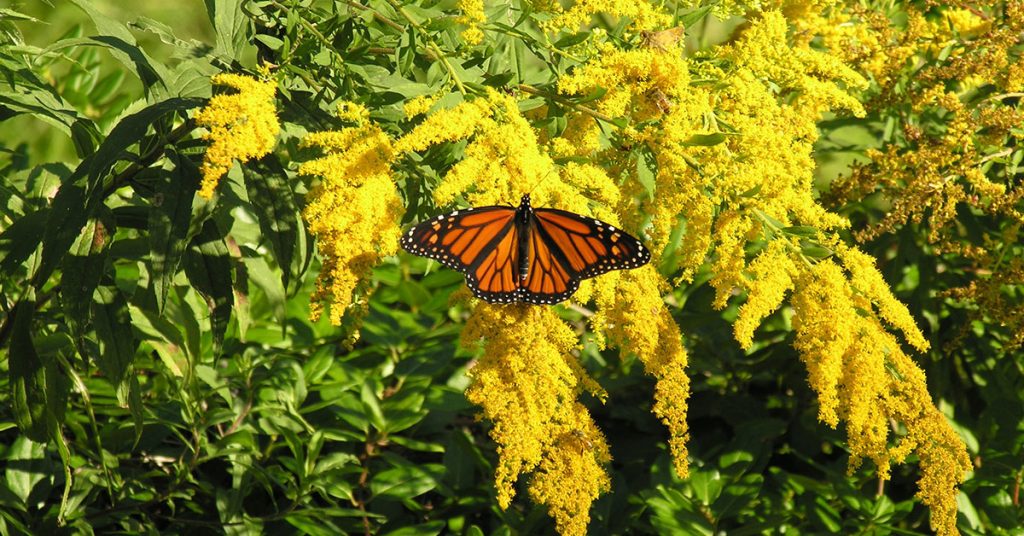
Goldenrod’s bright yellow plumes make it a standout in September gardens. Contrary to common misconceptions, it’s not a major source of allergies; rather, it’s a vital plant for pollinators, providing nectar for bees and butterflies.
Chrysanthemums
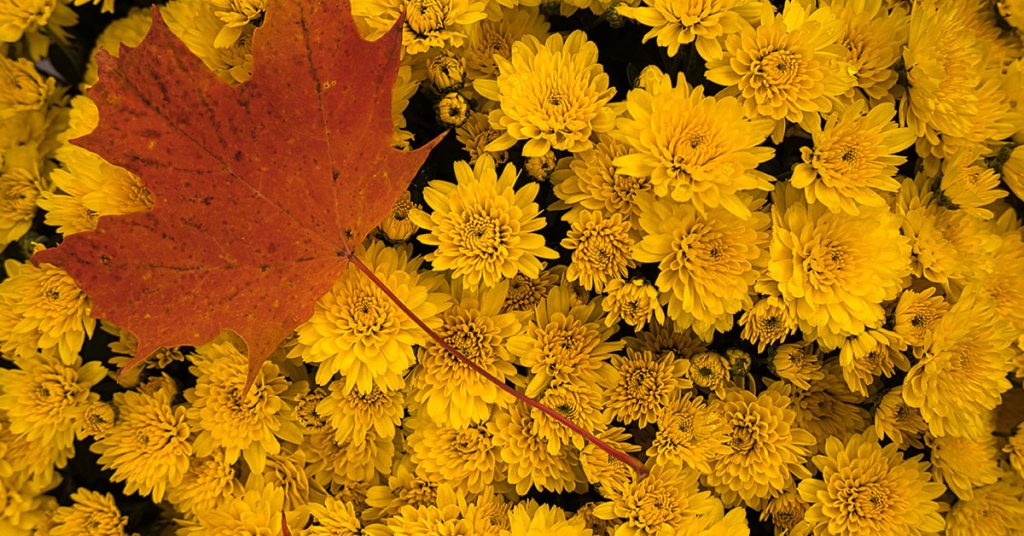
Chrysanthemums, or mums, are synonymous with autumn and bloom in a range of colors and shapes. They symbolize joy and friendship, making them popular choices for both garden beds and floral arrangements.
Helenium (Sneezeweed)
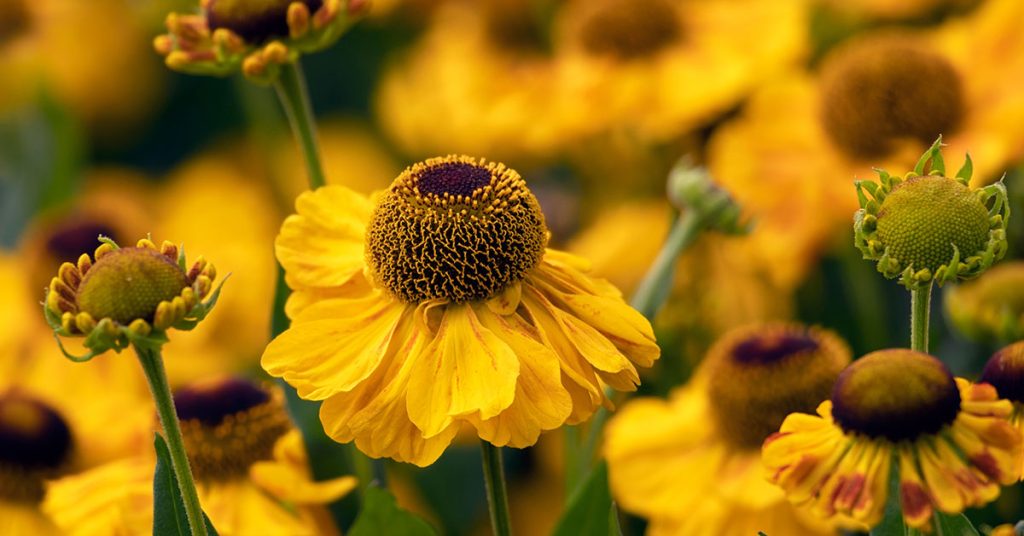
Helenium, or sneezeweed, showcases daisy-like flowers in vibrant shades of yellow, orange, and red. These cheerful blooms thrive in full sun and attract a plethora of pollinators.
Rudbeckia (Black-Eyed Susan)
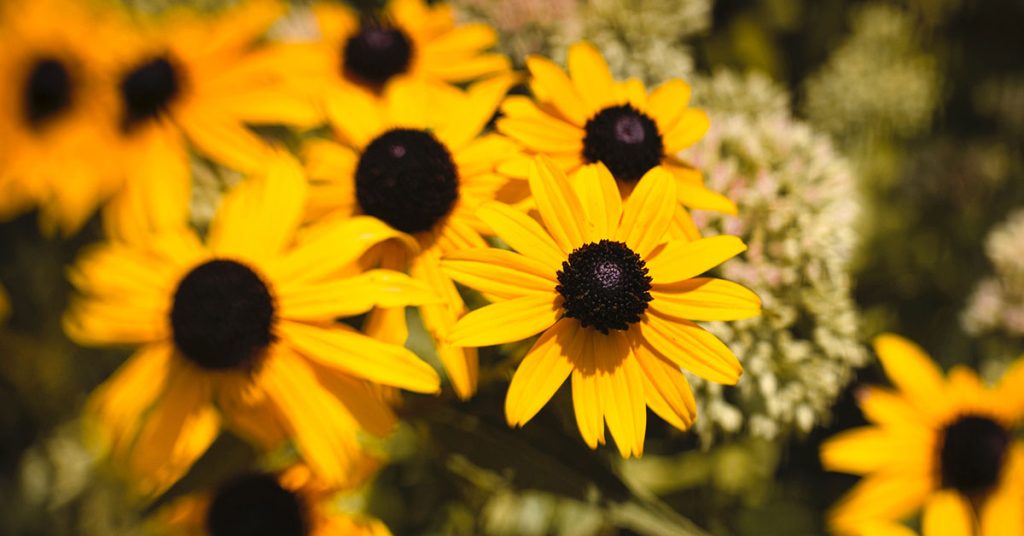
Rudbeckia, commonly known as black-eyed Susan, features golden-yellow petals with dark centers. These hardy and charming flowers bring warmth to landscapes and gardens.
Liatris (Blazing Star)
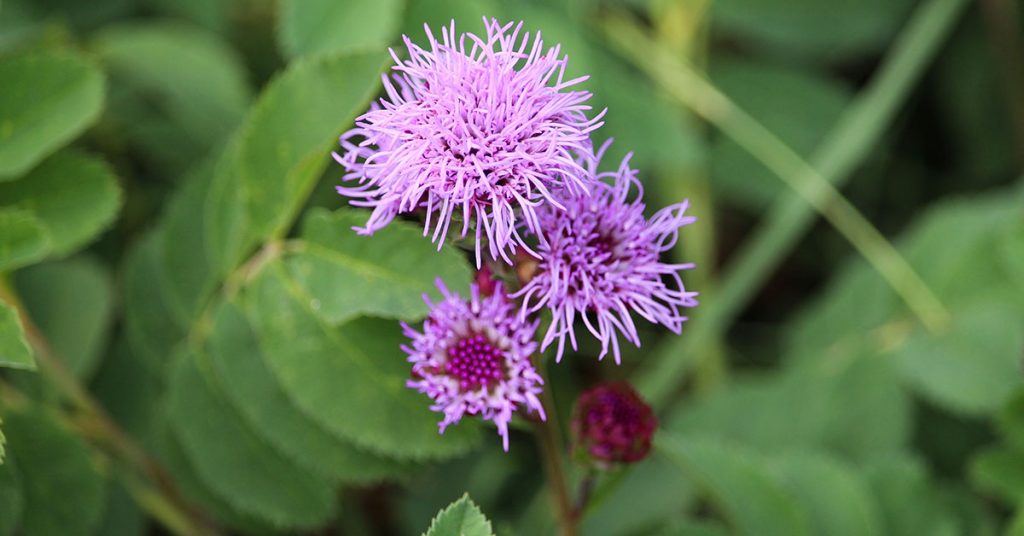
Liatris, or blazing star, boasts tall spikes covered in feathery blooms in shades of purple, pink, or white. These vertical accents attract butterflies and provide a unique touch to gardens.
Toad Lily (Tricyrtis)
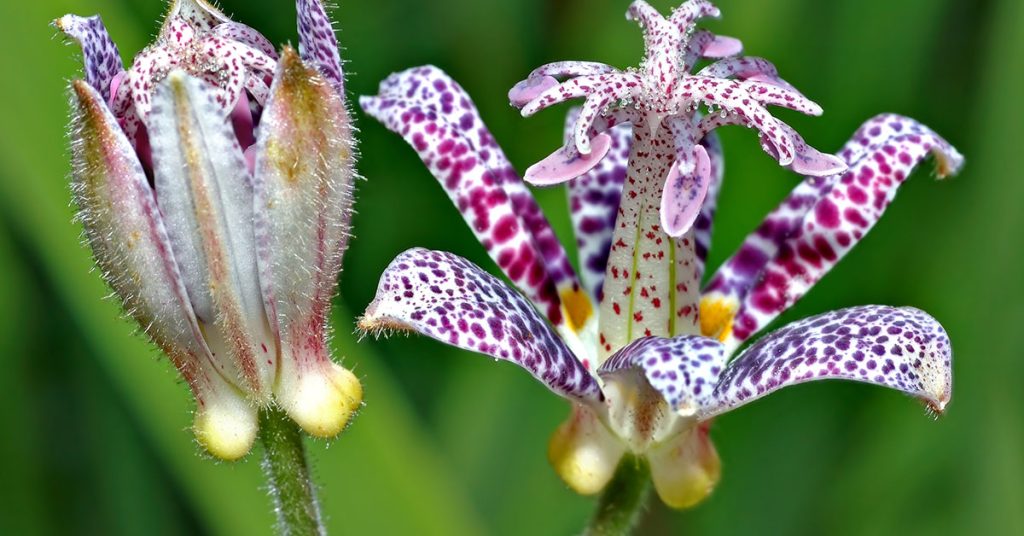
Toad lilies, or Tricyrtis, offer orchid-like blooms with spots or freckles. These shade-loving flowers bring elegance and surprise to September gardens.
Monkshood (Aconitum)

Monkshood stands out with its spiky clusters of hooded, deep blue or purple flowers. Note that all parts of this plant are toxic if ingested.
Gentian (Gentiana)
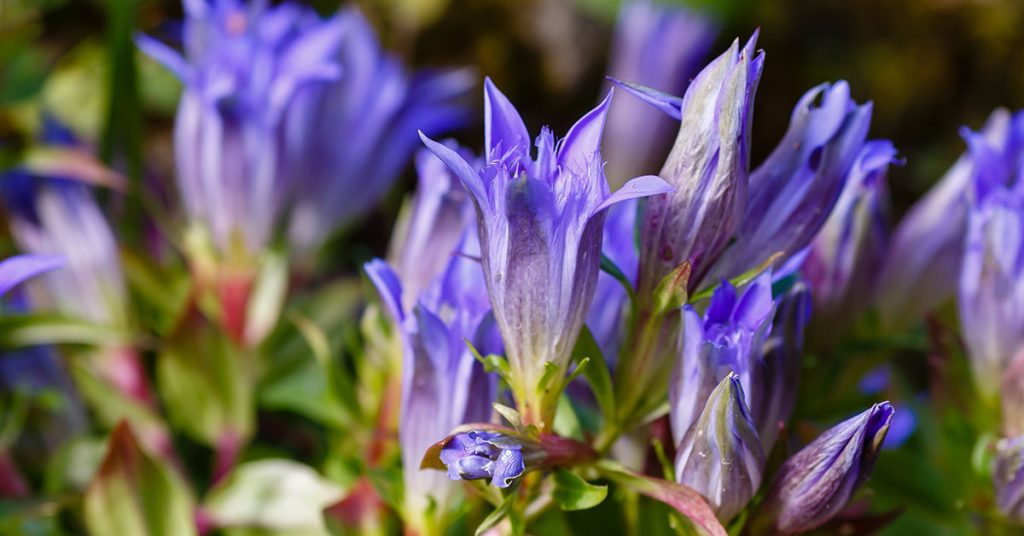
Gentians feature intense blue or violet trumpet-shaped flowers, adding a burst of color to late summer and early fall landscapes.
Caryopteris (Bluebeard)
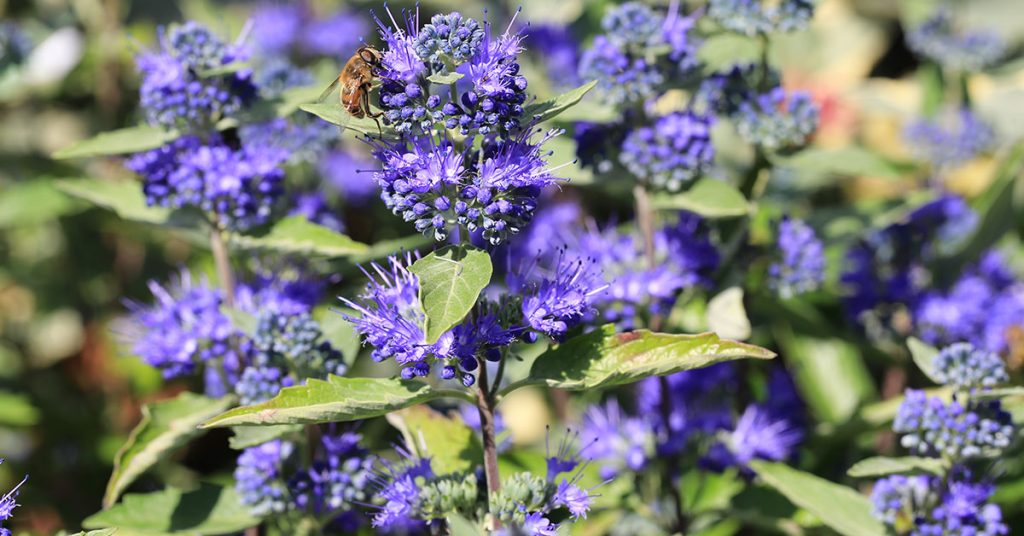
Caryopteris, or bluebeard, presents clusters of small blue flowers that attract butterflies and bees. Its aromatic foliage adds to its appeal.
Colchicum (Autumn Crocus)
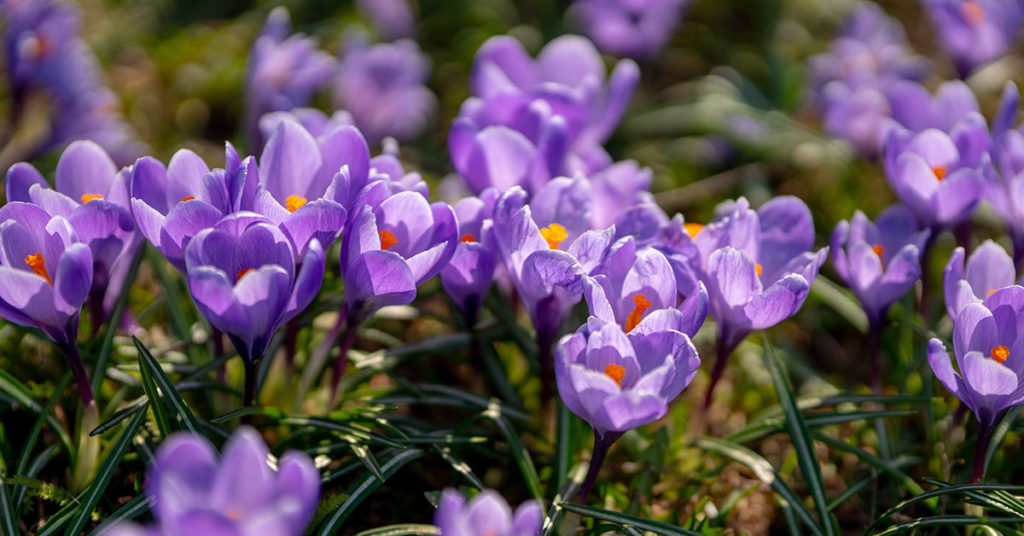
Colchicum, or autumn crocus, surprises with crocus-like blooms in shades of pink, white, and lavender emerging directly from the ground.
Cimicifuga (Bugbane)
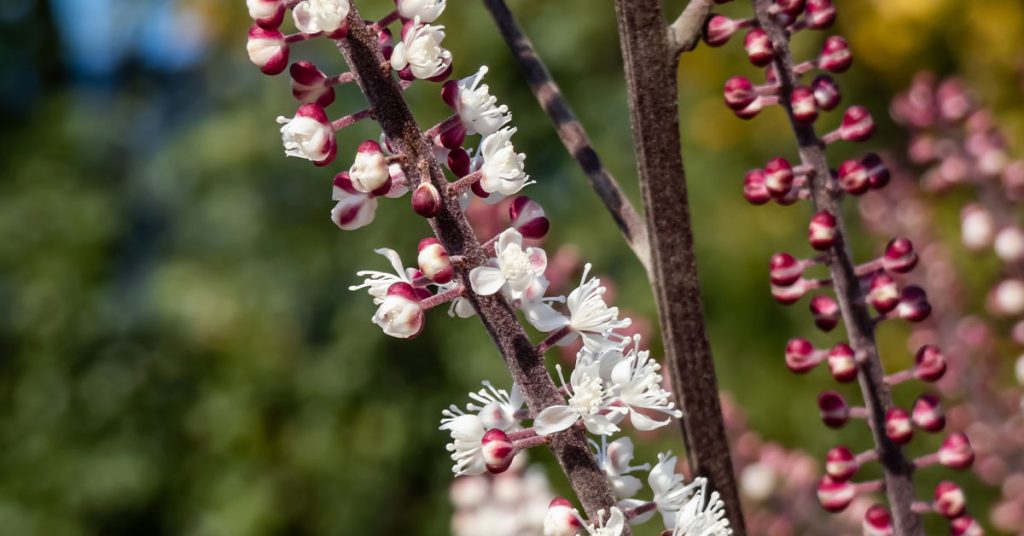
Cimicifuga, or bugbane, features tall spikes of fragrant white flowers, creating a striking impact in shade-loving gardens.
These September blooms collectively paint a picturesque scene of nature’s artistry as the seasons shift, enriching outdoor spaces with their distinctive hues and forms.
